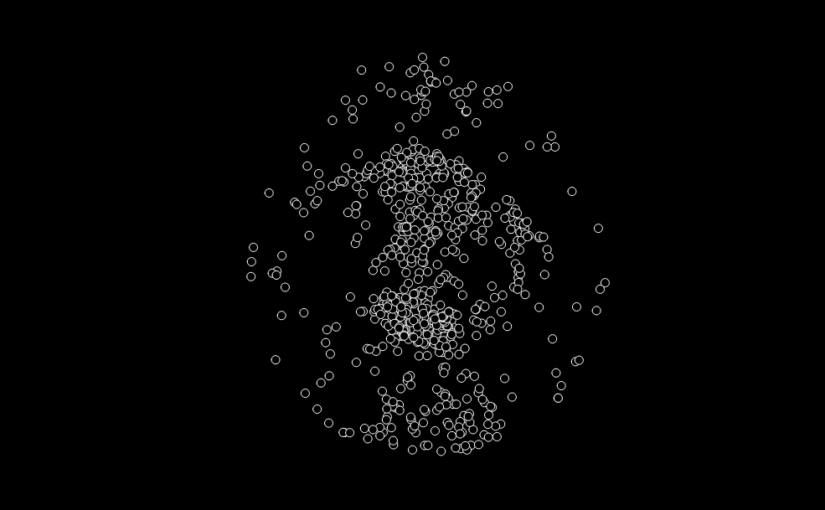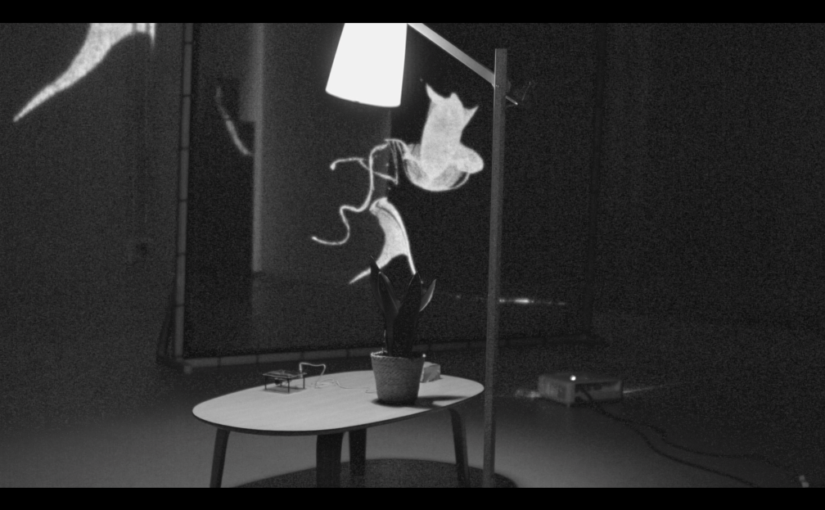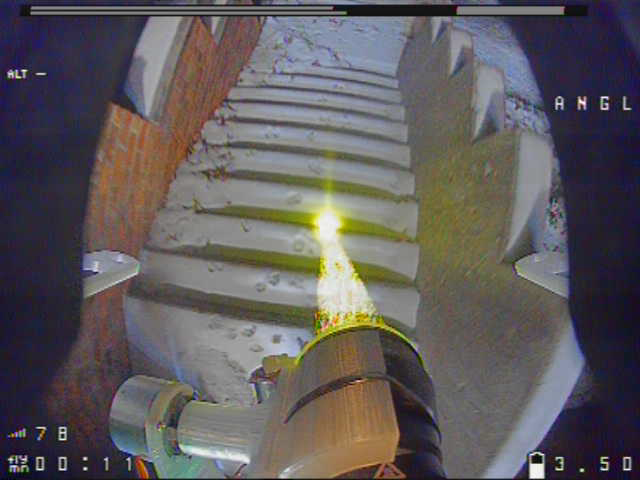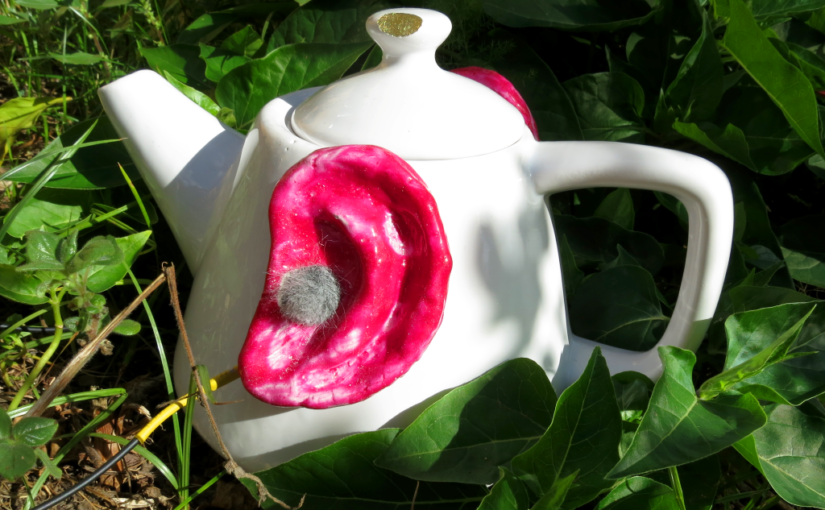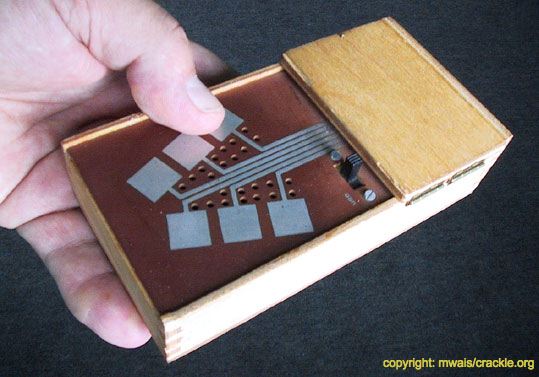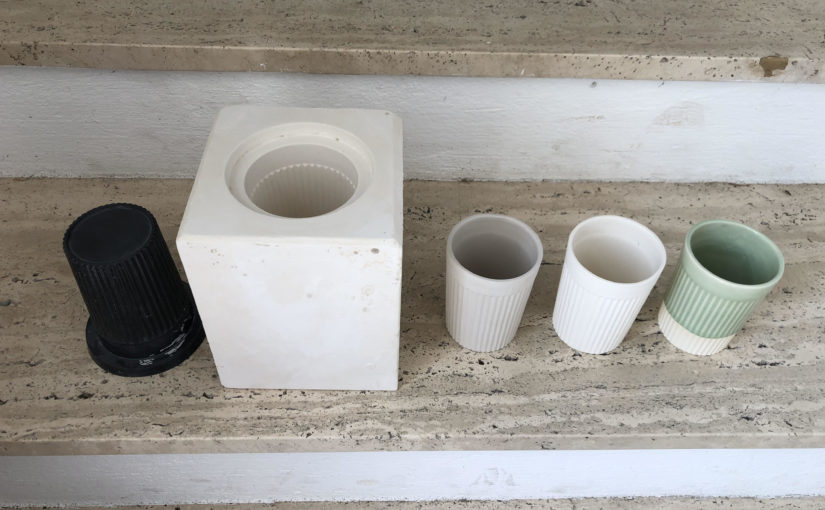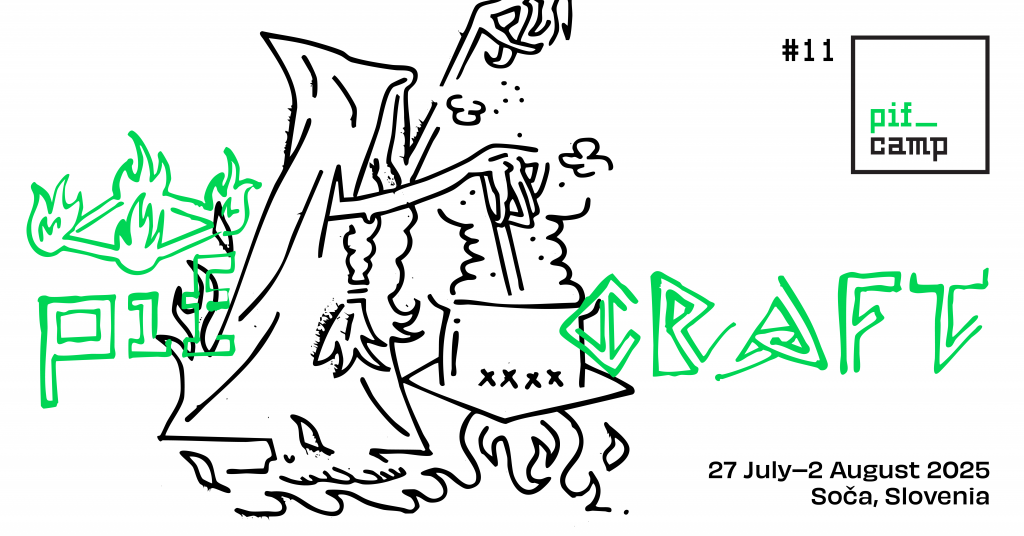
Author: rea
Application for 11th PIFcamp are open!
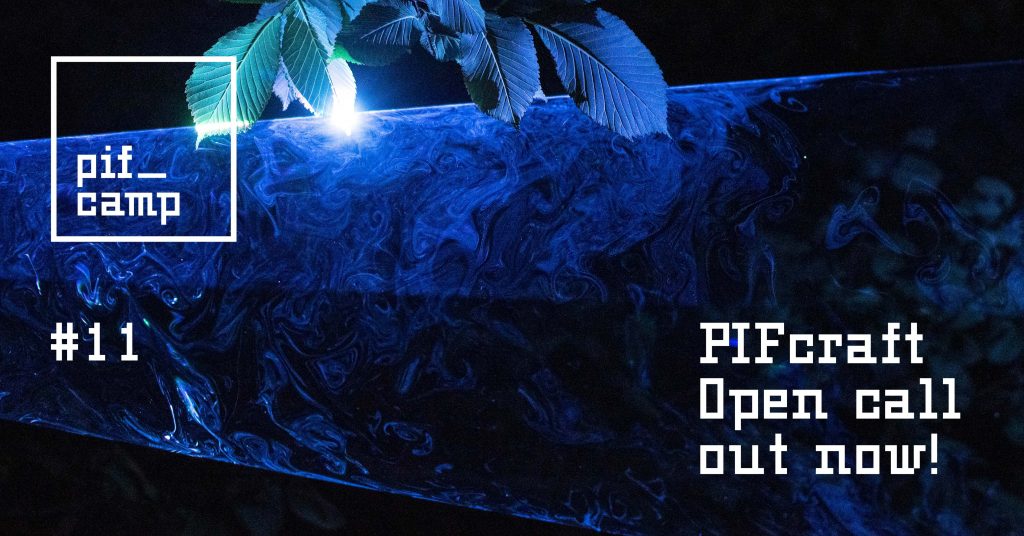
Open call for the 11th edition of PIFcamp is out! You can find all the information on how to apply in the APPLY HERE section.Catch the early bird price by applying until March 16th. Open call will be open until 13th of April.
Applications are extended until 18 April!
Since we are making slight changes in the participation, we kindly ask you to read the description on the webpage or in the form.
We are looking forward to your applications!
The Emergent Synchrony
Can a group of people, animals, or even robots in a given environment achieve coordinated behavior without external coordination or control?
Julia Múgica will work on a project that deals with the intriguing concept of collective behavior. Her focus will be on the emergence of synchronization, which showcases how this phenomenon goes beyond individual actions and emphasizes the importance of self-organization through local interactions. To illustrate this phenomenon, Julia plans to employ various approaches, including particle systems to create live-coded visuals and generate textures using noise algorithms.
Additionally, she will collaborate with Alicia Champlin on an investigation related to potential synchronization in the heartbeats of individuals entering Blaž Pavlica’s dome. Lastly, in collaboration with Lina Bautista and Iván Paz, they aim to build a set of small swarm robots known as “the kilobots”. These robots were developed in 2012 and will be programmed to perform collective algorithms, further highlighting the idea of emergent synchrony.
For more information about Julia Múgica Gallart’s project, visit her video presentation on the topic: https://www.youtube.com/watch?v=TZCm2rcF2Yk
Stones and physical computing
For this year’s PIFcamp Jelisa Weber will be working on a project with a focus on engraving stone materials like boulders and river pebbles with a half-automatic milling process. The search for suitable stones and surfaces for engraving will serve as preparation and also as a small survey, documented in pictures. These images, or any images resulting from this process, are then re-engraved on the stones.
Using a handled milling device controlled by an Arduino, the images are going to be translated pixel row by pixel row into darker and brighter areas. Leaving a mark in the history of the ever-changing minerals.
Drawing from her prior experience in a similar project, where she combined an Arduino with a tattoo machine, in order to „print“ images with it. Jelisa sees this as an opportunity to transition from Processing (free graphical library and integrated development environment) to Python, elevating the image-processing script’s potential to new heights.
Field Oscillator
Oriol Pares is a New Media Artist specialized in the use of technology as an explorative tool for communication. During this year, he started building his first DIY synthesizer project with a sensor able to track galvanic changes on a living matter. He intends to bring that instrument and continue his exploration, connected to the vibrant and special landscape surrounding the camp.
And, If there are any fellow oscillator enthusiasts at PIFcamp wanting to join, try, out or even collaborate, the next part of the Field Oscillator instrument may not be that far away. ;)
Anomalous Anomalies
This year’s PIFresident is Michael Candy, an Australian artist who works with physical technologies and robotics. His installations and experiments often manifest as interactive sculptures, videos, or interventions. During his PIFresidency at PIFcamp Michael hopes to continue his ‘anomaly’ experiment series in which robotics and light are used to create unlikely spectacles.
He started this series of work in December last year when a prototype drone was built to stabilize a laser excited phosphor beam of light as it ascended, resulting in a slowly extending beam of light. Another experiment was a floating robot underneath the surface of a frozen lake, shining light back through as it maneuvered around until the batteries froze over. He has no idea what anomalies might manifest during PIFcamp, as they are mostly designed around their environment; but he surely will bring a lot of parts to play around with!
Additionally, Michael will be working on his project with other PIFcampers, who are eager to work with electromechanical tech, and possibly continue this collaboration further into the residency in Ljubljana. He will share his extensive experience with designing robots and animatronics for cinematic applications with anyone wanting to build physical robotics, or needing help with a mechanism design. Sounds like something you are into? Just hit him up!
PIFresidency is a cooproduction between Projekt Atol Institute, Lightning Guerrilla/Forum Ljubljana and Kersnikova Institute. With financial support from Ministry of Culture of the Republic of Slovenia, Municipality of Ljubljana, Department for Culture and SYSTEMICS LAB/UCSB. PIFresidencies are part of the Rewilding Cultures project and co-funded by the European Union.
The Sound of the World, According to a Teapot (in Memory of Alvin Lucier)
The first idea of Niklas Reppel was to build a DIY binaural dummy head microphone, as commercial ones come at a price that prohibits experimentation in nature (like, lowering the microphone into a crevice or gorge, or putting it out in the rain).
On the other hand, decent microphone capsules, are relatively affordable. So that led him to think, “why should the human head always be the reference? What if I make something more modular and build a set of ear-shaped microphones that I can stick to anything? That’d allow me to explore the sound of the world from the perspective of non-human entities, such as teapots, or plants, or bridges, while maintaining a certain binaural quality.“
In fact, looking at the world from the perspective of things, rather than humans, seems to be a recent trend in UX research. See it here: https://dl.acm.org/doi/10.1145/3411763.3450390
If we can make things talk, we should be able to make things listen, right?
This will be his project this year: building oddly-shaped microphones from decent capsules, and sticking them to anything he can find, to explore the sound of the world from a not-totally-human perspective. With the recorded material, Niklas will create immersive soundscapes, improvised or composed with
his own open-source live coding language (Mégra), and implemented on the Blaž Pavlica Sound Dome, to make the sound of the world (according to a teapot) accessible to the interested listener. He’ll also bring a wireless transmitter so that the listening things might even be live contributors to the dome performances.
Ena Katardžić
“Inspired by the convergence of cultures and its consequences, especially as a result of queerness and diaspora, my work is critical of spacetime with an emphasis on performance. This criticality is culminating in something I am calling the non-durational. The non-durational is a lens of critique I am developing that is informed by relativity and existential philosophies. It can be put onto a variety of different subjects, including sexuality, language, and art. It is inspired by notions like assembly theory, eternal recurrence, intersectionality, a number of queer theories, durée, amor fati, and Dasein. It is like the word “queer” at times–adjectival in nature. My current practice aims to make observations and form language and material to explore the non-durational, an endlessness that is contingent upon power.“
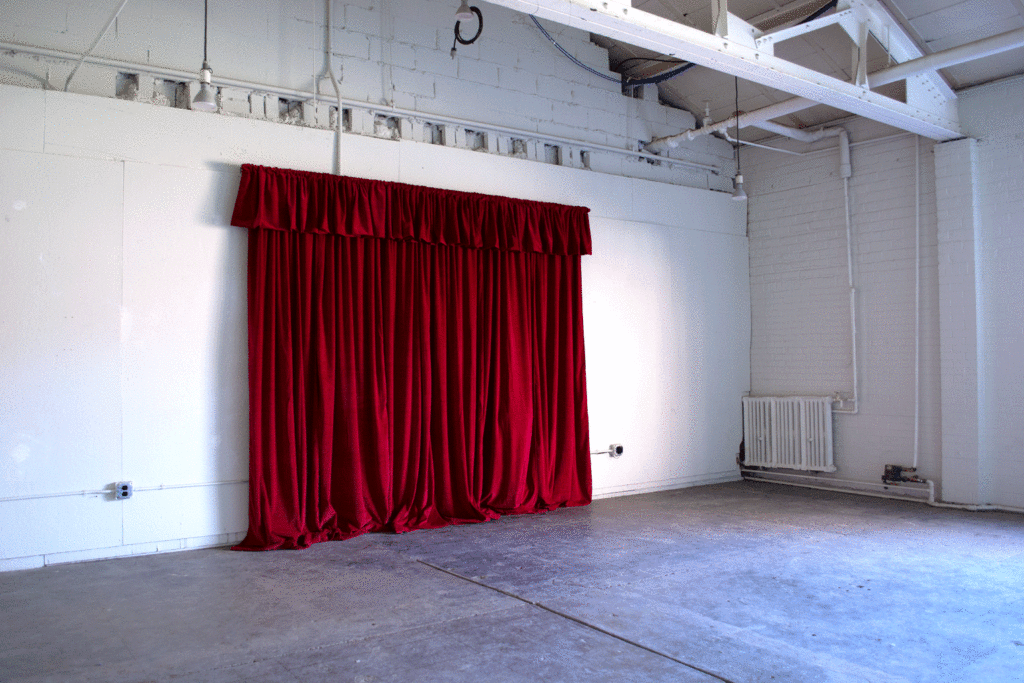
Text and photo by Ena Kantardžić.
Kraakdoos ensemble: make your own crackle box synth and play together, workshop with Dan Xu
A crackle box (or kraakdoos in Dutch) is an electronic-noise-feedback-synth-instrument designed by Michel Waisvisz of STEIM in the seventies. It is played by directly touching selected points in the circuit thereby becoming part of the circuit and completing a feedback loop to generate sounds. In this workshop, we will learn how to make a crackle box from scratch! There will be some breadboarding, diagram-reading, components-matching, soldering, and noising. Hopefully, we will have some homebrew boxes so we can touch, play and perform together!
Ig Dan Xu
Ceramic products and stories
Martin Mušič, a part of Baobap collective, is planning to design a useful ceramic product with a story connected to Soča Valley. He will use the 3D printer to make a prototype, which will be used as a plaster mold for casting liquid clay in it. He is also planning to build an outdoor furnace out of locally sourced materials and burn the clay products in there. The finished ceramic products will have an extra kick – a story with a local connection.
